The last issue of Black Mask we saw was published in 1951, soon after which the magazine ceased to appear, till its sudden reappearance in 1974. Let’s find out how.
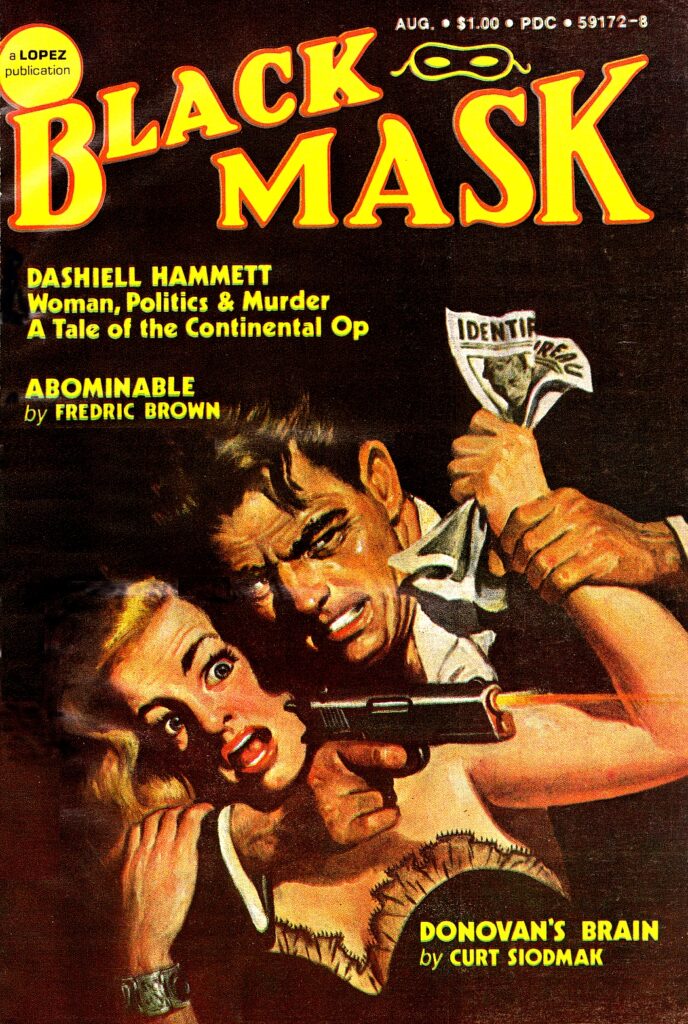
After the decline of its pulp empire in the 1950s, Popular Publications published a much smaller group of magazines. Argosy was a slick men’s magazine and was quite successful, Railroad magazine was the last surviving pulp. Adventure had also gone through a phase as a men’s magazine before dying.
By the 1970s, competition for advertising from television and the movies had become intense, costs increased and fiction magazine circulations fell and fell till there was no way to make a profit. The biggest of them all, The Saturday Evening Post, closed in 1969.
In 1972, Harry Steeger sold Popular Publications to David Geller, a direct marketing executive who bought dying magazines to milk them for all they were worth by placing mail order advertising in them. If a business didn’t have money to place the ad, Geller would place the ad in return for a percentage of sales. Buying magazines let Geller get more of the seller’s money. At the time, Popular had 2.9 million dollars in liabilities and $429,000 of assets; Geller cut the 60 person staff in half and took the company into bankruptcy reorganization.
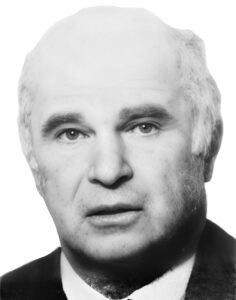
Fred Dannay, who published Ellery Queen Mystery Magazine (EQMM), had bought trademark rights to the Black Mask name from Steeger, and would use it from time to time in EQMM.
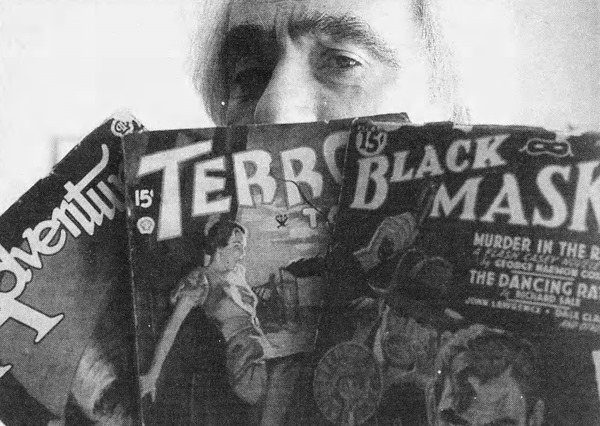
Into this environment stepped Keith Alan Deutsch, a lawyer and English literature major who was interested in the pulps. He bought rights from Fred Dannay and Geller and got in touch with publisher Adrian B. Lopez. Lopez had published stories in the crime pulps, worked with pulp publishers like Harry Donenfeld, and gone on to publish a wide variety of niche magazines. Which is why the August 1974 issue bears the imprint “A Lopez Publication”.
The Package
The issue has 96 pages, about pulp size and printed on mid-grade paper. The cover illustration is an original by Rafael Desoto, who painted many Black Mask covers in the 1940s. There’s a flap of paper on the cover that lists the attractions.
Looking at an interior page, we find it has 55 lines to a column set in a two-column layout, the same as a 1940s issue. The stories are all reprints; four from Black Mask in the 1920s to 1940s, one story from Manhunt by Ross Macdonald and another by Fredric Brown from The Dude, a Playboy imitator. Two unexpected choices: a western by William S. Burroughs and an excerpt from Log of a Cowboy by Andy Adams; seems like Deutsch, as editor, was harking back to Black Mask in the late 1920s. And the real gem of the issue, a four page interview with Rafael Desoto.
All stories are illustrated; the Ross MacDonald uses illustrations from another, unidentified, Black Mask story. Siodmak’s Donovan’s Brain carries an illustration by Virgil Finlay from its publication in Famous Fantastic Mysteries. A readers column with letters from Isaac Asimov, William S. Burroughs and Curt Siodmak; reviews of crime books, the TV show Columbo; and the true story of Charles W. Banks, Wells Fargo cashier who fled after stealing the bank’s money.
A curious package. I would have expected a few more contemporary, recognizable authors.
The Stories
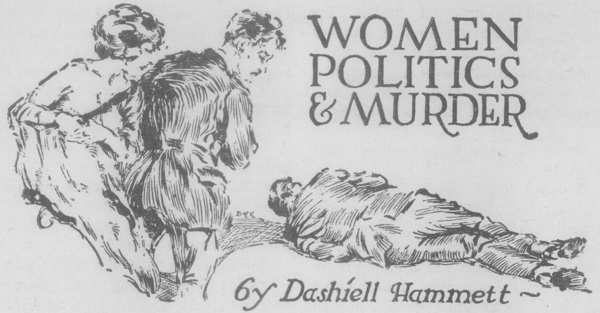
Dashiell Hammett’s Women, Politics and Murder is a hardboiled puzzle mystery. The setting, characters and plot are hard-boiled, the solution is like a classic Agatha Christie short story. A man is shot dead on a street where the beat policeman was passing by. Two other witnesses approach the scene from different angles; none of the three saw the murderer. The Op investigates, descending into the mire of corrupt city politicians and kickbacks. As he learns more about the dead man’s life, people are upset by his inquiry. Two of them decide to frame him for a crime that would send him to jail. That would stop him investigating. Good choice.

Gone Girl by Ross Macdonald is in some ways more hard-boiled than Hammett, though the corruption is moral rather than social. Lew Archer is driving from Mexico to his home in California; he puts up at a motel for the night. A screaming woman wakes him up, he goes out and finds her covered in blood. He starts investigating and is drawn into a bigger case, where the crime isn’t what he thinks it was. A good setup but the ending isn’t Macdonald’s best work. Ok.
Scotty scouts around(1926) is exciting but lacks a substantial plot or characterization. Whitfield hadn’t developed his writing skills to their full power. Yet. Skip this one. The next one, also by Whitfield, is far better. Jo Gar, Filipino PI, is the star of The Magician Murderer(1932), a story of cockfighting and murder. The dead man is a magician, but it’s really Gar who pulls out a rabbit from the hat at the last minute, baffling Inspector Sadi Ratan, Gar’s Lestrade. And incidentally, saving an American from execution.
Fredric Brown’s Abominable is another …interesting… choice. Not really sure why this story was chosen, it isn’t a crime story and doesn’t fit in with the hard-boiled theme. Maybe it was so they could put Fred Brown’s name on the cover.
Just after this are the westerns. First comes a description of a night in the wilderness spent by William Cooper, father of James Fenimore Cooper. Second is a short story by William S. Burroughs, really a scene you might find in any western story, TV episode or movie. Third is an excerpt from Log of a Cowboy by Andy Adams. While the Burroughs short could be considered somewhat hard-boiled, the other two are decidedly not. Why Deutsch didn’t choose a western from Black Mask is beyond me.
Becoming rich requires brains, unless you’re born into wealth. Becoming a scientist requires brains. Both career choices need to use other people’s brains if they want to achieve great things. But only the scientist would take the other person’s brain out to study it. Donovan’s Brain was an odd choice for Black Mask in 1942, science fiction instead of the usual crime/humor mix. It was still an odd choice in 1974 for a hardboiled detective/crime magazine. Not a bad one, mind. Just odd.
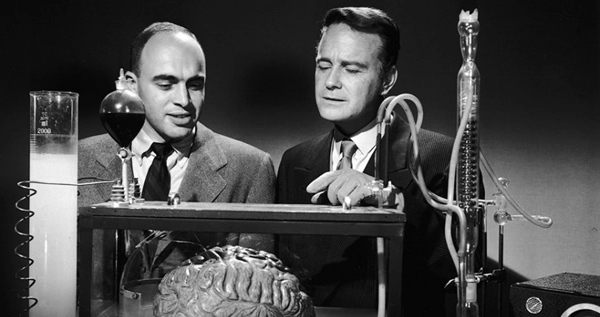
Exercise for the reader
Much as I love the idea of bringing the pulps back, I know that couldn’t happen today. The readers aren’t there, the distribution channels and retail outlets aren’t there and short fiction doesn’t sell enough to make a living. In 1974, too, it turned out to be a bad idea, like this other 1970s product.

The venture folded after one issue.
What else could they have done? Paperbacks were selling well. Crime digests Alfred Hitchcock’s Mystery Magazine and Ellery Queen’s Mystery Magazine were doing pretty well. Maybe if they had put it in digest form, or even a paperback anthology. And focused on crime/hardboiled with a mix of originals and classics. More on that next week.
Deutsch would hold on to the rights for a long time, allowing occasional reprints from Black Mask, letting people put together anthologies before selling the rights. But that’s a story for a later day.
Next week: By the Book
I bought this issue back in 1974 but I was disappointed that the stories were all reprints. As you point out the Desoto interview was the most interesting thing. An interesting but failed experiment because by 1974 the pulps were dead and that era was over. Maybe a digest format would have worked better.
The digest format would have definitely been better for them. Alfred Hitchcock Mystery Magazine and Ellery Queen Mystery Magazine were doing well.
Any specific memories of buying it? Do you remember where this issue was placed? Was it with the crime digests or somewhere else?
I forget the details of buying the issue but I do remember years later talking to Desoto at a paperback convention in NJ about his art and he sold me two cover paintings from the 1940’s. I had them hanging on my walls for many years but then traded them for some other art. But the Black Mask painting I still have is a great one from the Joe Shaw era in the 1930’s. A photo of it is in my 3 part online article for the Mystery File blog under the title Collecting Pulps a Memoir, parts 19, 20, and 21.
I bought this issue at my local comic book store in East Hartford, CT
Really loved the whole issue, as at my tender age of 17, I had NO idea what is was all about. Sai, Thanks for all your hard work on all your posts on Black Mask! Very enjoyable reading! Will miss you next week at Pulpfest.
“I bought this issue at my local comic book store in East Hartford, CT”
Hal Kinney’s “The Bookie” perhaps?
Thanks, Paul. If you’ve not commented so far, I mustn’t have got anything major wrong. Will miss you guys even more this year.
I bought a copy from the magazine rack at a local pharmacy (I bought all my comic books there. It had the best magazine rack in town.)
Do you remember if it was among the crime digests or the full size magazines? And had you started collecting pulps then or was this a one-off?
I was reading and collecting the mass-market hero pulp reprints. I owned a few pulps but was not a pulp collector. I did recognize “Black Mask” as the doyenne of the detective pulps. I also had a few anthologies of “Hard Boiled” detective fiction; “The Hard Boiled Dicks” for certain, maybe “The Black Mask Boys”, etc..
I think it was filed in front of everything else, it being short, but not with the digests.